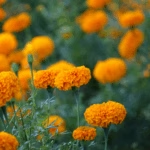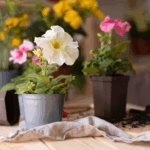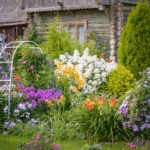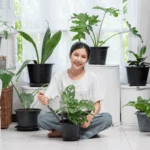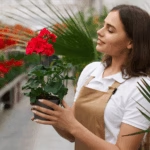Introduction
Gardening is one of the most rewarding hobbies, offering fresh food, beautiful flowers, and a calming space to unwind. But to keep your garden thriving, you need the right tools. Just like a chef relies on knives and pans, gardeners depend on essential gardening tools and supplies to make tasks easier and more efficient.
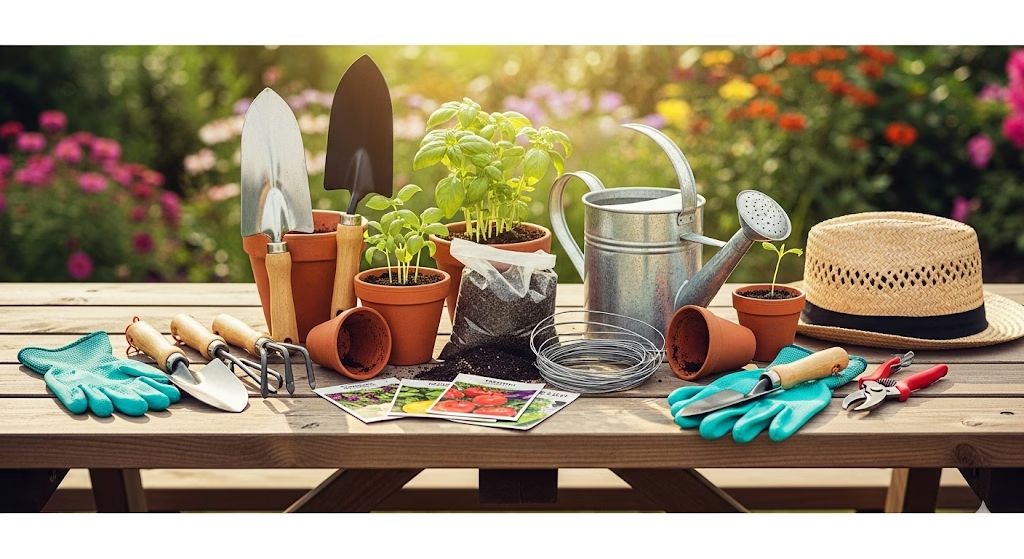
Whether you’re a beginner or a seasoned green thumb, this guide covers the must-have tools, from basic hand tools to soil care supplies, ensuring you’re always ready to tackle any gardening challenge.
1. Hand Trowel – The Gardener’s Best Friend
A hand trowel is perhaps the most used tool in any garden. It’s perfect for:
- Planting seedlings and bulbs
- Digging small holes
- Transplanting flowers or vegetables
- Scooping compost or soil
Choose a trowel with a sturdy stainless steel blade and a comfortable grip to avoid hand strain.
2. Pruning Shears (Secateurs)
Healthy plants need regular pruning, and pruning shears are a must-have. Use them for:
- Cutting dead or overgrown branches
- Harvesting herbs and vegetables
- Shaping shrubs and flowers
Pro Tip: Keep blades sharp and clean to prevent plant diseases.
3. Garden Gloves – Protection First
Never underestimate a good pair of garden gloves. They protect your hands from:
- Thorns and splinters
- Insect bites
- Rough soil and blisters
Opt for gloves that are breathable yet durable, especially if you handle thorny plants like roses.
4. Watering Can or Hose
Water is life for plants. Depending on your garden size:
- Watering Can: Ideal for small gardens, pots, or delicate seedlings.
- Garden Hose with Spray Nozzle: Perfect for larger areas.
A drip irrigation system is an eco-friendly upgrade for water efficiency.
5. Spade and Shovel
For bigger jobs like digging holes, moving soil, or planting trees, spades and shovels are indispensable.
- Spade: Flat blade, best for edging and cutting through soil.
- Shovel: Curved blade, great for scooping soil, compost, or mulch.
Choose lightweight, rust-resistant designs for ease of use.
6. Rake – For Soil and Leaves
There are two main types of rakes every gardener should own:
- Leaf Rake: Helps clean fallen leaves and garden debris.
- Garden Rake: Used for breaking up soil clumps, spreading compost, and leveling beds.
A sturdy rake makes soil preparation much easier7. Hoe – For Weeding and Soil Care
A hoe is essential for:
- Removing weeds
- Loosening compacted soil
- Preparing seedbeds
Dutch hoes are great for shallow weeding, while draw hoes are better for deeper soil work.
8. Wheelbarrow or Garden Cart
Transporting soil, compost, plants, or tools is much easier with a wheelbarrow. For small gardens, a foldable garden cart works well.
Expert Tip: Keep your wheelbarrow clean and store it in a dry place to prevent rust.
9. Compost Bin
Composting turns kitchen scraps and garden waste into nutrient-rich soil. A compost bin helps reduce waste and boosts plant growth naturally.
- DIY Compost Bins: Made from barrels or crates.
- Commercial Composters: Designed for faster decomposition.
Read our guide: Organic Compost for Gardens.
10. Garden Fork
Garden forks are perfect for:
- Turning and aerating soil
- Mixing compost into beds
- Breaking up tough soil
They’re more effective than spades when working in clay or compacted soils.
11. Plant Supports and Stakes
To keep plants upright and healthy, use:
- Wooden stakes for tomatoes and beans
- Trellises for cucumbers or climbing roses
- Wire cages for heavy plants
This prevents breakage and improves air circulation.
12. Garden Knife (Hori Hori Knife)
This versatile Japanese tool can:
- Cut roots
- Open bags of soil or fertilizer
- Divide plants
- Weed narrow spaces
It’s often called the “Swiss army knife” of gardening.
13. Soil Testing Kit
Healthy plants start with healthy soil. A soil testing kit measures:
- pH levels
- Nutrient content (nitrogen, phosphorus, potassium)
According to University of Minnesota Extension, soil testing ensures you apply the right fertilizer without overuse.
14. Mulching Materials
Mulch conserves water, suppresses weeds, and improves soil health. Options include:
- Organic mulch: straw, wood chips, leaves
- Inorganic mulch: gravel or landscape fabric
Keep a supply handy for every planting season.
15. Seed Trays and Pots
For gardeners who like starting plants from seed, trays and pots are essential. They:
- Help with germination indoors
- Allow easy transplanting
- Save costs compared to buying seedlings
Biodegradable pots are eco-friendly and reduce transplant shock.
16. Plant Labels and Markers
Avoid mix-ups in your garden with simple plant labels. Use:
- Wooden sticks
- Painted rocks
- Reusable plastic markers
Labeling helps track plant growth and care schedules.
17. Protective Gear (Hat, Knee Pads, Apron)
Gardening can be physically demanding, so having protective gear matters:
- Wide-brimmed hat for sun protection
- Knee pads for comfort during weeding
- Apron with pockets for tools
Quick Checklist: Must-Have Gardening Tools
| Tool | Purpose |
|---|---|
| Hand Trowel | Digging, planting, transplanting |
| Pruning Shears | Cutting branches, harvesting |
| Gloves | Protect hands |
| Watering Can/Hose | Irrigation |
| Spade/Shovel | Digging, moving soil |
| Rake | Soil prep, leaf cleanup |
| Hoe | Weeding, soil care |
| Wheelbarrow | Transporting materials |
| Compost Bin | Making organic fertilizer |
| Garden Fork | Aerating soil |
FAQs About Gardening Tools
1. What are the first tools a beginner gardener should buy?
Start with a trowel, gloves, watering can, and pruning shears.
2. How do I maintain my gardening tools?
Clean after each use, oil metal parts, and store in a dry shed.
3. Do I need expensive tools for gardening?
Not necessarily. Choose quality tools within your budget that are durable and ergonomic.
4. Can DIY tools replace store-bought ones?
Some items like compost bins and planters can be DIY, but invest in quality tools like pruners and spades.
5. Are battery-powered garden tools worth it?
Yes, for larger gardens they save time, but manual tools work perfectly for small spaces.
Conclusion
Equipping yourself with the right gardening tools and supplies is the first step toward a flourishing home garden. From simple essentials like a hand trowel and gloves to advanced aids like soil testers and compost bins, each tool plays a vital role in making gardening efficient and enjoyable.
Invest in quality, maintain your tools properly, and your garden will reward you with beauty and abundance for years to come.
Call to Action: Ready to upgrade your gardening toolkit? Visit Agzora.com for expert guides on composting, DIY hacks, and seasonal gardening tips.

